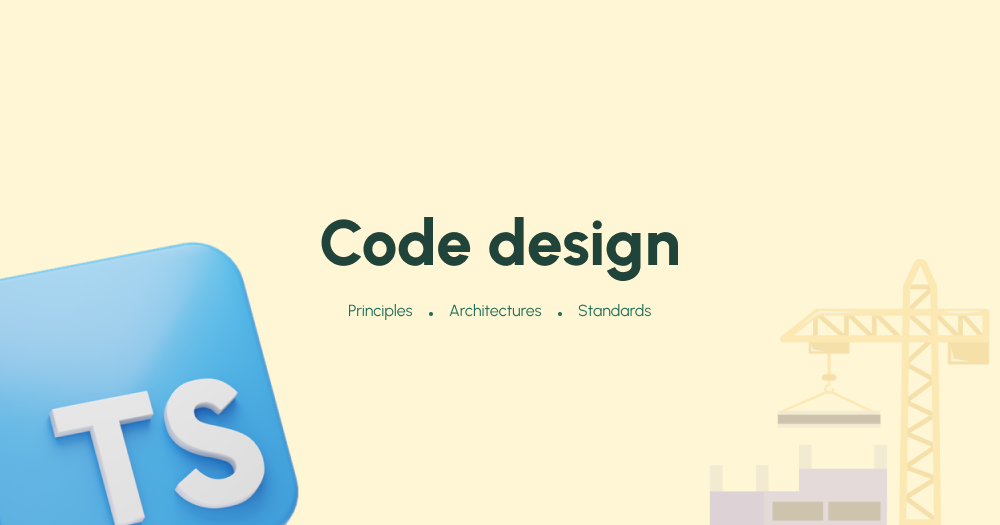Code Design - Introduction
 Mehdi Jai
Mehdi Jai
In the fast-paced world of software development, building applications that can scale, adapt, and remain robust over time is no small feat. As systems grow in complexity, ensuring that code is readable, maintainable, and efficient is essential. This is where design principles, development methodologies, architectural patterns, and coding standards come in—they provide a shared vocabulary and best practices that can elevate software from mere functional code to a carefully crafted, high-quality product.
Why These Concepts Matter
Software isn’t just about making things work; it’s about making them work well. Each principle, methodology, pattern, or standard offers a unique advantage that supports the development of reliable, adaptable applications. The benefits of embracing these practices are manifold:
Consistency: Design principles, patterns, and coding standards create a cohesive approach to problem-solving, making it easier for teams to work together and hand off projects over time.
Scalability: Architectural patterns and methodologies provide the foundation to build applications that scale to meet demand, whether that’s more users, data, or functionality.
Maintenance: Good design principles and clean code make it easier to understand, modify, and extend code, minimizing technical debt and ensuring that code remains flexible over time.
Robustness: By focusing on reliable and testable code through practices like TDD or clean architecture, applications are less prone to bugs and unexpected failures.
In practice, these principles serve as a compass, helping developers navigate complex requirements and technology landscapes.
How Each Category Contributes
Design Principles
These provide foundational guidelines that help developers make sound choices in their code structure and interactions. By adopting principles like SOLID or DRY, developers can ensure that their code is both flexible and resilient. Design principles emphasize creating systems that are easier to read, understand, and adapt, preventing unnecessary complexity from creeping into codebases.Development Methodologies
Methodologies such as TDD, DDD, or BDD bring a systematic approach to building software. They define clear processes for development, testing, and design that help teams meet specific objectives, whether that’s ensuring functionality through testing (TDD) or aligning the code with business logic (DDD). Development methodologies encourage a disciplined approach that focuses on quality and alignment with user needs.Architectural Patterns
These patterns address the high-level structure of applications, guiding how code is organized and how components interact. Architectural choices like Microservices or Event-Driven Architecture are especially useful in complex systems with numerous moving parts. By implementing the right architecture, companies can design systems that are not only scalable but also modular and adaptable, ensuring that they can evolve with changing requirements.Coding Standards and Best Practices
Standards like Clean Code, code reviews, and refactoring guidelines set the tone for everyday coding. These practices ensure that the code is consistently high quality, reducing the chances of bugs and technical debt. By following coding standards, teams create a sustainable codebase that future developers can understand and maintain.
The Impact on Software Development
Together, these categories create a unified approach to software design and development. They help teams build systems that can meet both current demands and future challenges. Following these principles and methodologies isn’t just about building better software—it’s about building software that lasts. As businesses and technologies evolve, so too do their applications, and the most successful applications are those that can grow, adapt, and perform consistently, even under pressure.
In the chapters ahead, we’ll explore each of these categories in depth, diving into how they can be applied to real-world development challenges and why they are considered cornerstones of professional software engineering.
Series Chapters
Subscribe to my newsletter
Read articles from Mehdi Jai directly inside your inbox. Subscribe to the newsletter, and don't miss out.
Written by

Mehdi Jai
Mehdi Jai
Result-oriented Lead Full-Stack Web Developer & UI/UX designer with 5+ years of experience in designing, developing and deploying web applications.